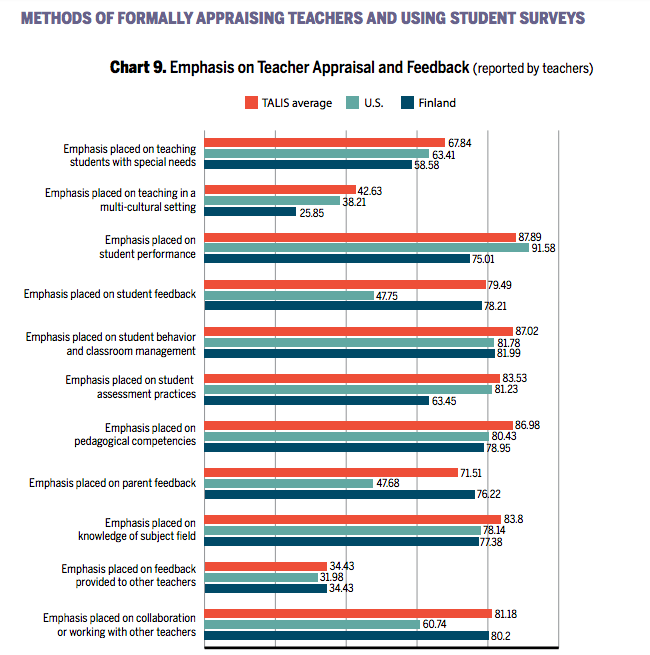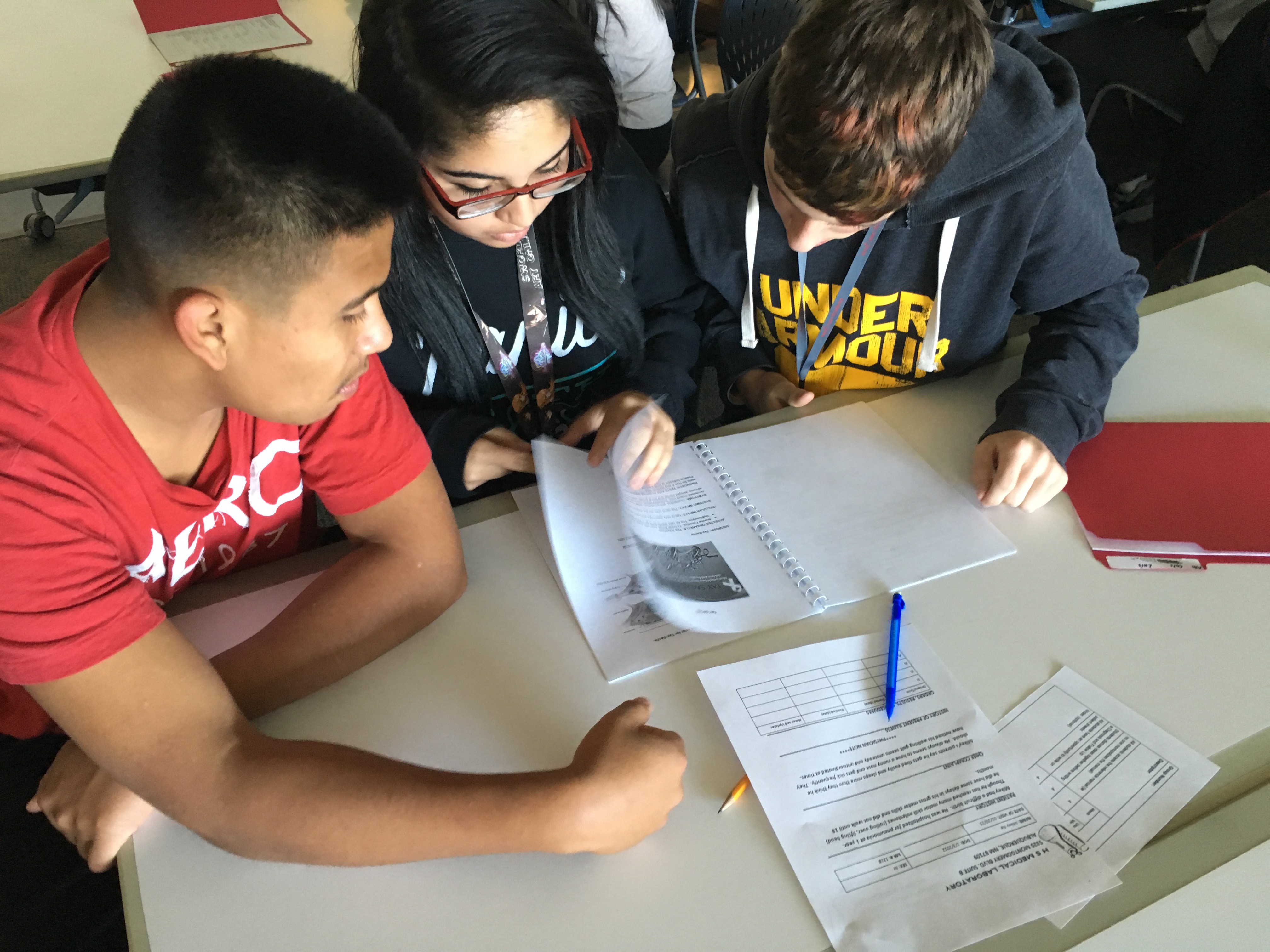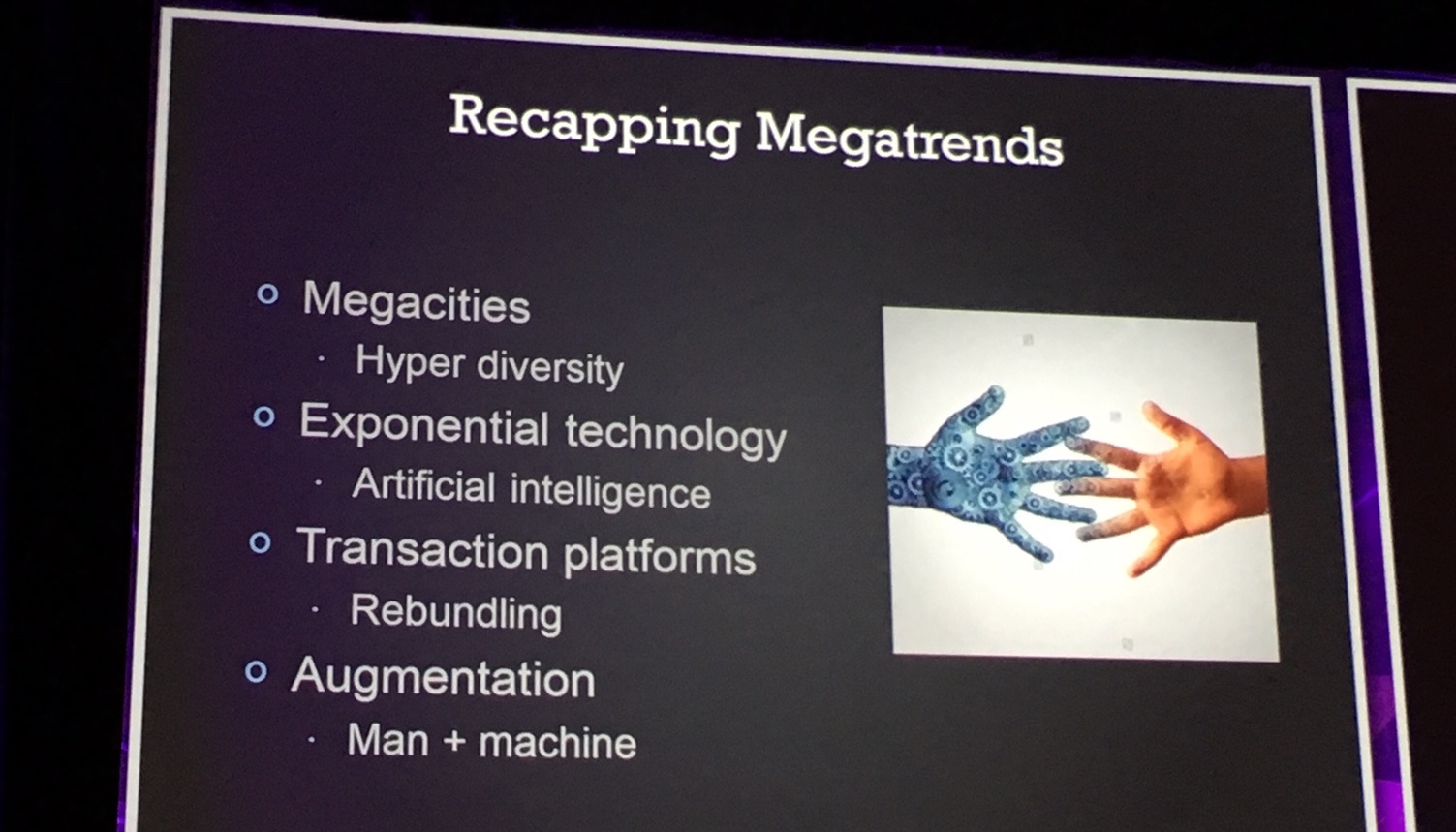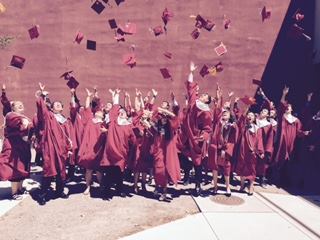On a sunny day in California, while helping lead a tour of a PBL school, I got a question from a kindergarten teacher who was part of the visiting group; she was part of a school who wanted to take on Project Based Learning (PBL), and she had just spoken with some PBL practitioners. They had been conversing about some of their projects, and how authentic they were, and it caused concern for this teacher, so her question to me was: “I have kindergarteners. Do my projects have to ‘save the world’, because I don’t think I can do that with my 5-year-olds.”
It was a completely fair question. When we speak of “Authenticity”, what do we mean? How might we approach this very attractive quality of good projects? There are many who push toward authenticity, thinking that the work of the student must be the work of the world-outside-the-classroom, and that work must make a difference. “Saving the world” is a common message, whether explicit or implicit, that teachers receive about project design in PBL.
To define authenticity widely, we can start with my response to the teacher. We agreed that her kindergartners have a limited set of experiences, and most of their time is at home, at school, and (hopefully) playing outside. Is ‘saving the world’ very meaningful to them? Not so much. An ‘authentic’ project for kinder might be about the things in their home, in school, or outside. For example, they might think about the best way to nourish their pets, and how they can keep track of what their pets eat. They might engage in a project where they learn how to tell a story to their parents, learning about beginning, middle, and end of stories. These are simple, but they are ways that we can help the kids learn standards with some very useful and relevant-to-them engagements.
This consideration of 5-year-olds reveals to us that authenticity must be contingent on the authentic world that surrounds the student. As the students grow, and become exposed to larger parts of the world, then the authenticity needs to become more sophisticated. Authenticity to a 3rd grader will be much simpler than authenticity to a graduate student in college.
That means that the first question a PBL teacher might answer as they develop their project could be, “What is the world of my students like?” While simple, it is a great question. Not only does it help the teacher gauge the level of authenticity of the project they design, but is also a cornerstone question for teachers who are wishing to create a culturally aware classroom. By interrogating the world of students, teachers run into some truths that were likely not their own as they grew up, but are nonetheless relevant to the world they now occupy. And what a lovely parallel – as a teacher seeks to understand the world of hers or his students, in service of an authentic experience, they get closer to understanding the authentic selves of their students – so authenticity isn’t really just about the projects. It is also about letting the students reveal their authentic selves.
The good news about questioning the world of the students is that the teacher has many data takers who can help them. This is sometimes why teachers ask for autobiographical writing assignments, but sometimes I worry that the writing assignment might actually impede the acquisition of knowledge of the world-of-students. I was that kid who would cause this kind of problem – I was downright terrible at turning things in, and had my teachers been hoping that my writing would reveal something about me, they had to be patient. Really, really patient. If writing proves to be too challenging, actions like surveys, or even verbal interviews might help teacher discern the backgrounds of their students in a more direct, and likely timely manner.
All that said, we should also acknowledge that the work of the teacher isn’t just to reinforce the experience or culture of the student. We are there to augment that experience. Students go to school to expand their world, with the teacher as a navigator, and so we have to ask yet another question: “How might I add to the breadth and depth of my students’ world?” I recall when I was in kindergarten, we did a unit on astronauts, making “space helmets” from cut-out bleach bottles, sitting in a room on our backs as though we were about to launch a spacecraft, counting down from 10 (there were the standards, I now realize) to finally say “LIFT OFF!” It was wonderful. It made me think about a much larger world even at that age, and was in fact one of the factors that drove me for years to work toward becoming an astronaut. Did I save the world? I did not. Did I love the experience, and did it connect me to a new way of thinking? Yes.
At the high school level, I have seen this done with students who live in a food desert. The teacher had students describe where they bought food for nourishment, during the day, finding that many of them relied on mini-marts with an amazing assortment of candy and nary a vegetable, or on fast food restaurants. They did not go to grocery stores with a wide selection of much more nutritious choices, in many cases because the transportation to and from the groceries was too formidable. Students engaged in this project, making connections between the available food and the common overweight nature of Americans in urban settings, and were able to parlay that connection into proposals to the city council about creating incentives to create groceries in areas of need. Are they saving the world? No…but they are getting closer.
These kinds of actions -finding problems and solving them – are part of life, aren’t they? How authentic! The key point I want to make is that in this formulation, finding problems is the key step, and finding problems starts with finding out about the students. What are the problems that face our students? How can we help them navigate those issues?
As teachers design learning experiences, these then become some of the questions that teachers might ask: What is the world of my students? What actions do they find relevant? What problems might they face? What experiences might my students resonate with? How can I gather that data? And then, how do I turn those points of view, those experiences into expanding the lives and points of view of my students? Perhaps in answering those questions, teachers might see their kindergartners grow up to be astronauts, activists, or just people who are generally good at life.








